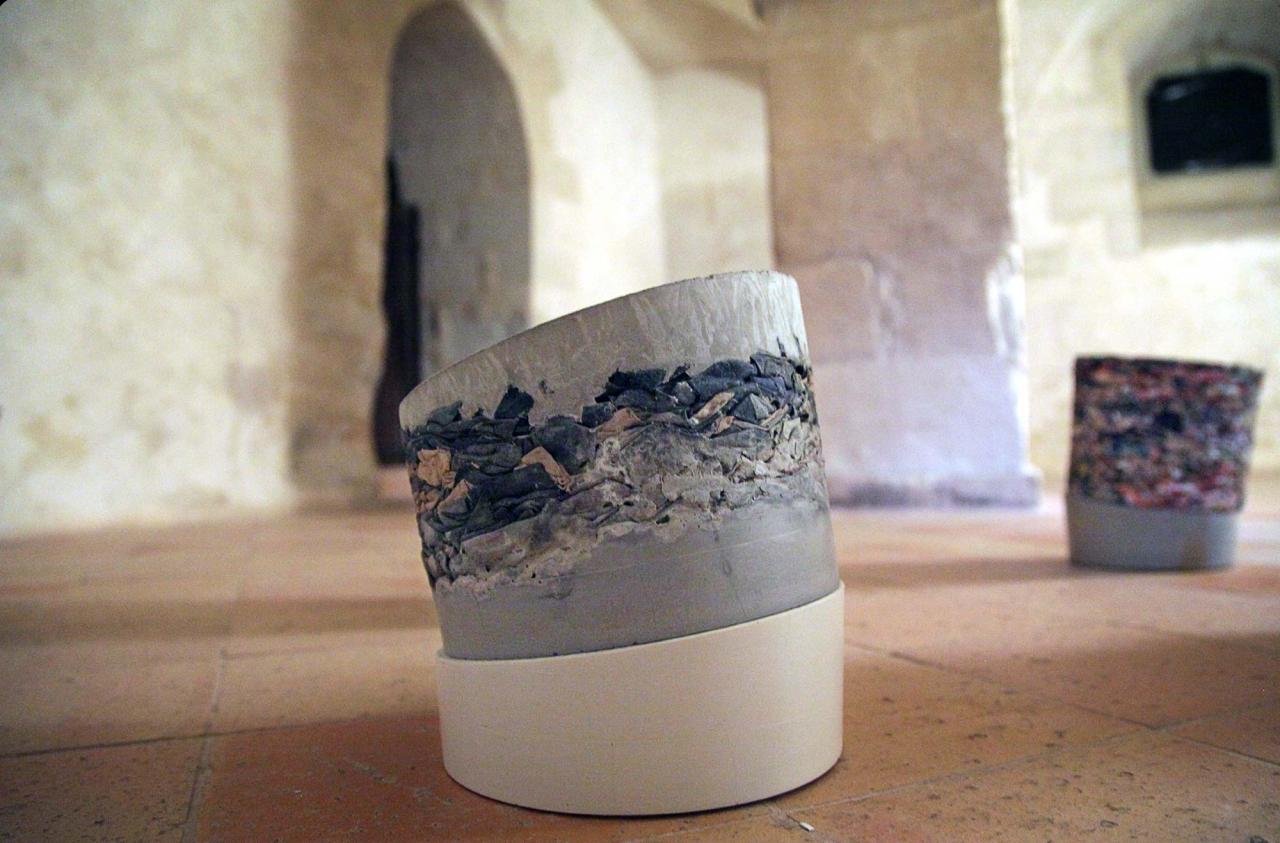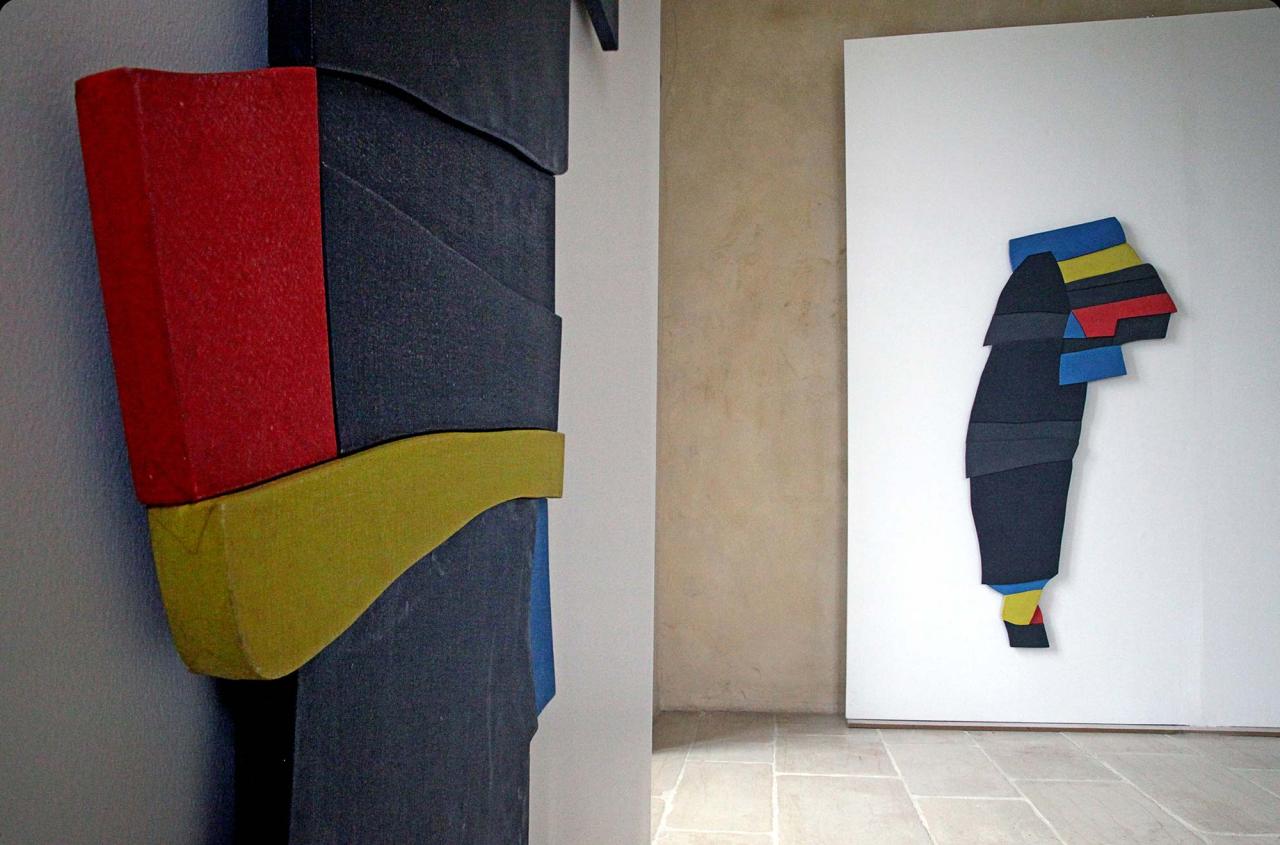Yves Picquet
Born in 1942
Lives and works in Plouédern


“Paint is always applied layer by layer. This is a basic thing which suffers no exceptions. […] Movement has always overlapped its own trace somewhere.”
Per Kirkeby
Painting traversed
It might be postulated that Yves Picquet works at painting as the extension of a line of thinking about silkscreening, his trade since 1975. Before him, Rauschenberg and Warhol had already invited the world of the printed image to make itself at home in the space of the picture. Elsewhere, Gerhard Richter was trying to make photographs in another way. Painting, in the 20th century, was traversed in every direction. With Yves Picquet, the silkscreen print haunts the pictorial praxis in precise areas: covering, seriality, and relative transparency. In silkscreening, you never hide what is beneath, the lower layers always subtly nurture the upper layers. These issues—obliteration, covering, saturation, revelation—are invariants of the work. Last of all, and this seems logical, just as the pictorial strata play among themselves, the works of Yves Picquet are conceived as archipelagos. In a symptomatic way, the artist works in cycles and circulations: one series gives rise to another, slipping into it the better to become metamorphosed in it.
What to paint?
Like Christopher Wool when he declares “I’m more interested in the question of knowing how to paint, rather than in what to paint”. So too, Yves Picquet seems more concerned about the paint and gesture than outside references. The artist champions a form of neutrality, the reduction of the work to what it is in concrete terms when the paint takes itself for an object. The painters of Support(s)/Surface(s) adopted similar positions, and Yves Picquet’s work sometimes clearly echoes Simon Hantaï’s: folding, unfolding, crumpling and flushing out respiration and proliferation in equal measure.
Like Hantaï, Yves Picquet runs the risk of chance and accident, and like him he tries to essentialize his palette. In order to achieve spareness, he takes complex routes: he uses an ill-suited paint (the watery ink of the silkscreen), and establishes for himself endless procedures, as if the better to free himself from and have access to a relative automatism, adopting that particular kind of concentration and that passive posture which, as so many painters from Dada and the Surrealists on know only too well, encourage the appearance of unexpected forms.
Exhibiting painting
Strictly speaking, Yves Picquet does not create in situ, but he always remains attentive to creating a dialogue between the work and the exhibition space. Modules running from floor to ceiling at Chapelle de Loc-Mazé, square tondos marrying the form of the base of a fireplace or arranged on the floor at the Ilôt d’Art, the all over cladding of free canvases for Hors traces in the Chapelle Sainte Barbe: the artist takes the liberty of playing with rules and formats, and invents arrangements relating to the painting itself which is demythologized, and above all significant in the bond it weaves with the space and the viewer. In his work, the painting often stretches to the dimension of an object, and links up with the shaped canvas saga introduced by Frank Stella. Either alone or as an assemblage, the module permits interplays of form and counter-form, montage in long totem-like structures (Traversée), and sculptural installations (Ar bili). Spanning 30 years of activity, the artist shows a certain liking for decompartmentalization, and things that are outside the frame and the field.